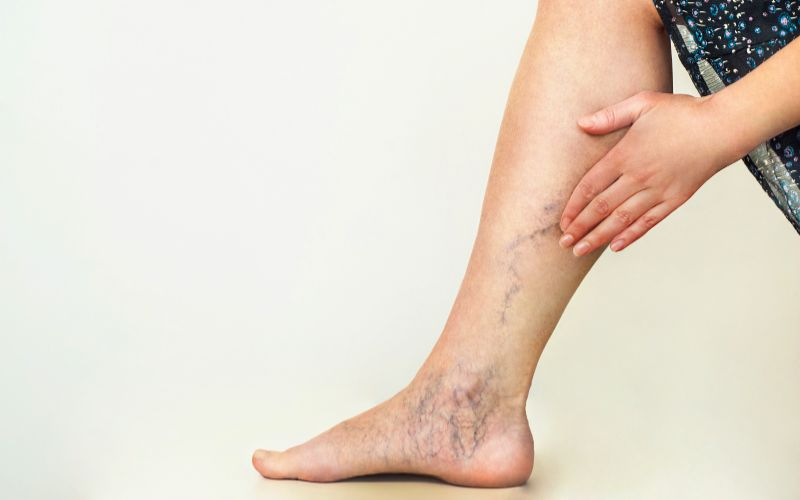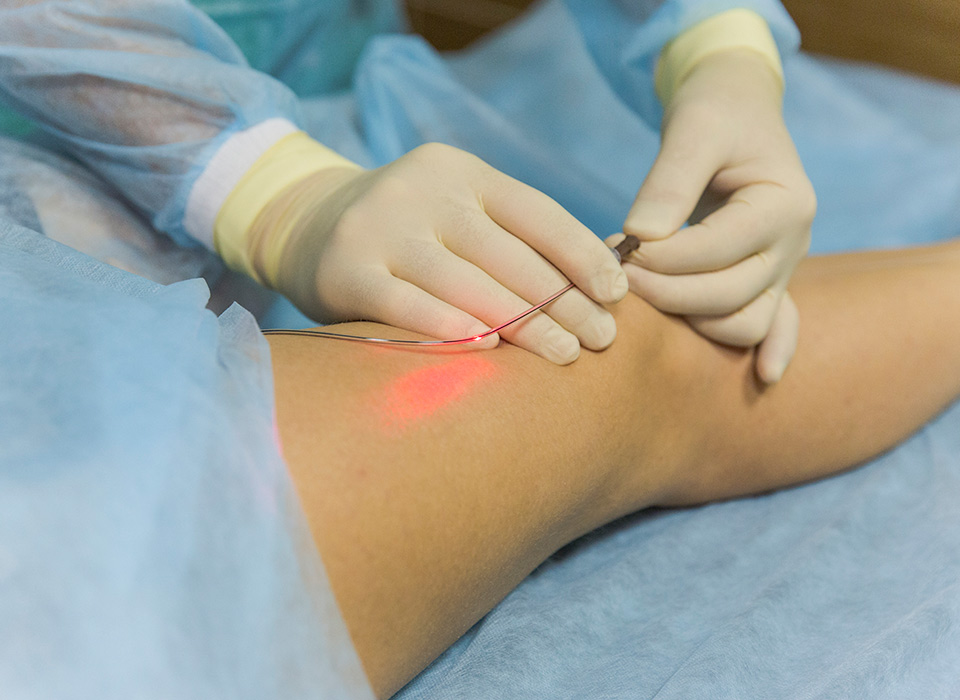Are you tired of hiding your legs because of unsightly veins? Do you suffer from varicose veins that seem to have a mind of their own? Well, you’re not alone!
Vein conditions can be more than just unsightly; they can be a real pain in the…well, veins, and may lead to health issues if left untreated. Fortunately, modern medical advancements have introduced laser therapy as a highly effective way to treat various vein conditions.
Understanding Vein Conditions

When it comes to vein conditions, there’s more than meets the eye. While some people may view them as cosmetic nuisances, others experience pain, swelling, and even complications.
These issues often arise due to weakened or damaged veins that struggle to perform their blood-shuffling duties effectively.
Laser therapy has emerged as a revolutionary approach for spider vein treatment and addressing other vein-related vein issues, offering both aesthetic and therapeutic benefits.
But before we dive into laser treatment, it’s essential to understand the different types of vein conditions that afflict individuals. These conditions fall into several categories, with the most common being:
Spider Veins
Spider veins are smaller, web-like veins that appear close to the skin’s surface. They’re often red or blue and can be quite unsightly.
Symptoms:
- Visible, small veins on the skin
- Mild itching or burning
- Cosmetic concerns
How Lasers Help: Lasers emit concentrated beams of light that selectively target and destroy the damaged spider veins. Over time, these veins fade away, leaving you with smoother, clearer skin.
Varicose Veins
Varicose veins are enlarged, twisted veins that often appear on the legs. They’re caused by weakened valves in the veins, which allow blood to pool and the veins to bulge.
Symptoms:
- Bulging, bluish veins
- Aching or heaviness in the legs
- Swelling and discomfort
How Lasers Help: Laser treatments, such as endovenous laser ablation (EVLA), target the problematic veins and close them off. This redirects blood flow to healthier veins, improving circulation and reducing the appearance and discomfort of varicose veins.
Deep Vein Thrombosis (DVT)
DVT occurs when a blood clot forms in a deep vein, usually in the legs. It’s a serious condition that can lead to complications if left untreated.
Symptoms:
- Swelling, warmth, and pain in the affected leg
- Red or discolored skin
- Potentially life-threatening if a clot breaks free and travels to the lungs (pulmonary embolism)
How Lasers Help: Lasers aren’t typically used to treat DVT directly. Instead, they can help with post-DVT complications, such as chronic venous insufficiency (CVI), by closing off problematic veins and redirecting blood flow.
Laser Treatments for Vein Conditions

Now that we have a handle on the different types of vein conditions let’s take a closer look at laser treatments for vein conditions.
These modern marvels of medical technology offer a less invasive and more effective way to deal with vein issues compared to traditional surgeries. Here’s a rundown of the various laser treatments available:
Endovenous Laser Ablation (EVLA)
EVLA, also called Endovenous Laser Treatment (EVLT), is a minimally invasive procedure used primarily to treat varicose veins. It involves inserting a laser fiber into the affected vein through a tiny incision.
Once the laser fiber is in position, it emits laser energy that heats and seals the problematic vein. This causes the vein to collapse and eventually be absorbed by the body.
Laser Therapy for Spider Veins
This treatment specifically targets spider veins. It’s a non-invasive procedure that uses focused laser light to heat and destroy the tiny veins. The laser’s energy is absorbed by the pigment in the blood, causing the vein to coagulate and eventually disappear.
Endovenous Laser for Post-DVT Complications
Endovenous laser treatments can be used to address complications that arise after a DVT, such as chronic venous insufficiency (CVI).
The laser is used to close off veins that are no longer functioning correctly due to the previous DVT. This helps improve blood flow and reduce swelling and discomfort.
The Benefits of Laser Treatment
So, why should you consider laser treatment for your vein woes? Let’s break it down with some fantastic benefits:
- Minimally Invasive: Laser treatments require only tiny incisions, which means less scarring and a quicker recovery time. You won’t need a roadmap of stitches on your legs!
- Precise Targeting: Laser technology allows for pinpoint accuracy, ensuring that only the problematic veins are treated while leaving the healthy ones untouched.
- Faster Relief: Many patients experience immediate relief from symptoms like pain and discomfort after laser treatment. Say goodbye to those restless nights!
- Minimal Discomfort: Laser treatments are generally well-tolerated and cause minimal pain or discomfort. You’ll be up and about in no time!
- Improved Aesthetics: No more hiding your legs! Laser treatments can significantly improve the appearance of your skin, helping you regain your confidence.
Laser treatments have revolutionized the way we address vein conditions, offering a less invasive and more effective solution than ever before.
So, if you’ve been living with those troublesome veins for too long, it’s time to consider laser treatments. Consult with a qualified healthcare professional to discuss your options and determine the best course of action for your specific condition.
You don’t have to endure uncomfortable and unsightly vein issues when modern medicine has the power to make them vanish with a beam of light!

Jean Smith is a fitness enthusiast and blogger who focuses on fitness and a healthy lifestyle. She is passionate about assisting people in living healthier lifestyles and is constantly on the lookout for new and creative methods to stay fit and healthy. Her articles are excellent resources for anyone interested in improving their health and fitness.
